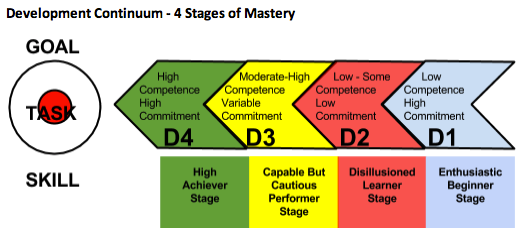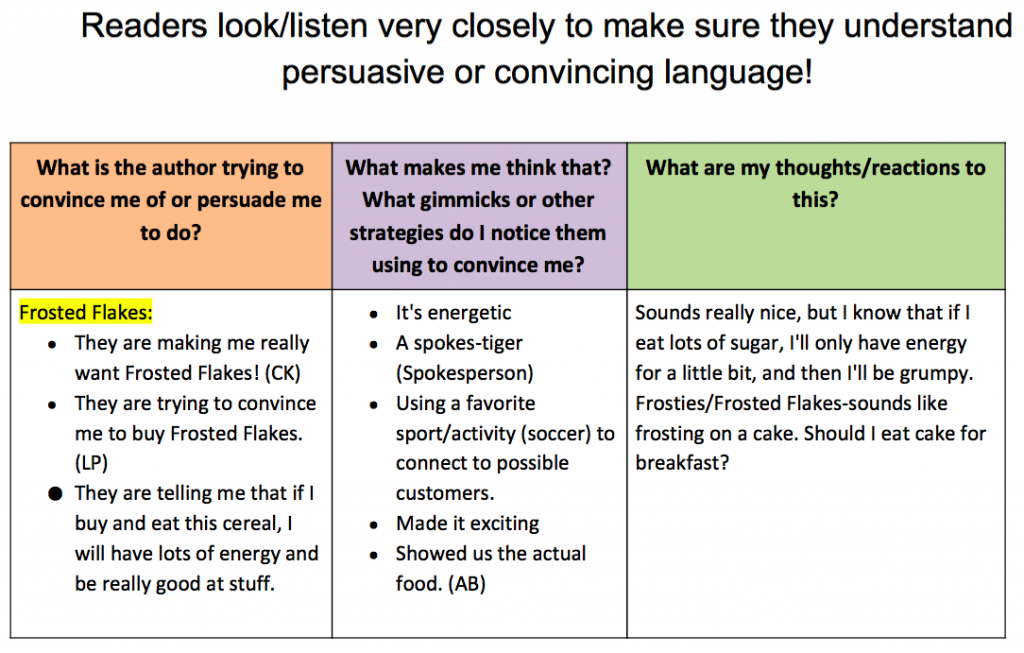The heat wave that has been plaguing Amsterdam has finally broken. I’ve been taking advantage of the cooler weather and a quiet weekend, spending the bulk of my time on the couch with Notice and Note, by Kylene Beers and Robert E. Probst.
I’m just through the first section and find myself nodding in agreement, jotting down notes of my own, and following suggested resources. I can’t help but notice my own process as I read this text! Here are some of the things that I’m really excited about so far:
Rigor and Reading Instruction
Beers and Probst dedicate a chapter early on about rigor in the classroom. If I was using a project zero thinking routine as I describe my interactions with this chapter, it would be “Connect, Extend, Challenge.” I made many connections between the text and my work as a Grade 4 teacher. I feel as though I am more able to articulate what appropriate challenges are for my readers. I am inspired to make those challenges accessible to them.
One of my big connections came when Beers and Probst described reading as “transactional.” In other words, the making of meaning happens through the interaction between the reader and the text. It also happens readers interact with each other over a text. Yes, yes, yes! Sadly, many of my students, not to mention their parents, see rigor as dealing with texts that are far too complex for them.
Parents, Students, and Rigor
At the start of this school year, I was dismayed to see the responses of my students when they were asked what they should work on as a reader this year. “I need to read harder books” and ” I want to read fatter books,” were common replies. The parent surveys communicated similar goals. Every year, I am confronted with parents of fourth graders who want their kids to read books like The Hunger Games or The Curious Incident of the Dog in the Nighttime. I look coach kids who are trudging through texts which are way too complex for them, striving to help them find the texts that will engage and sustain their interest and foster the types of interactions that will give them the rich experience that skilled readers enjoy.
What Rigor Really Is
I am grateful to Beers and Probst for extending my thinking about this incredibly important facet of literacy education. They have given me the language to discuss what rigorous reading does entail. Here are some of my highlights from their chapter on rigor:
“Rigor is not an attribute of a text but rather a characteristic of our behavior with that text.”
“Rigor resides in the energy and attention given to the text, not in the text itself.”
And, in a comparison to weight-lifting:
“The quality, rigor, does not reside in the barbell but in the interaction with it.”
After reading this chapter, I feel as though I have some ideas on how to help my students understand that success as a reader is not the complexity of the text itself, but the energy and commitment that the reader brings when interacting with the text.
It’s time to start planning some lessons!

